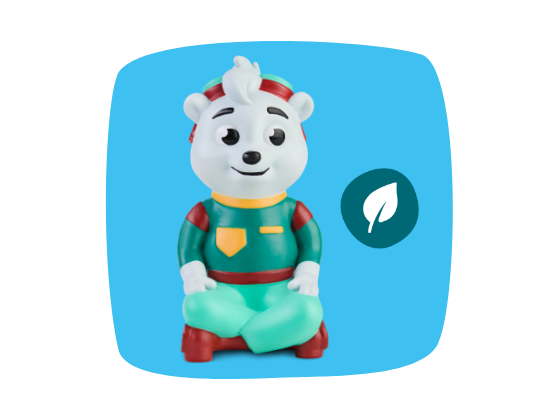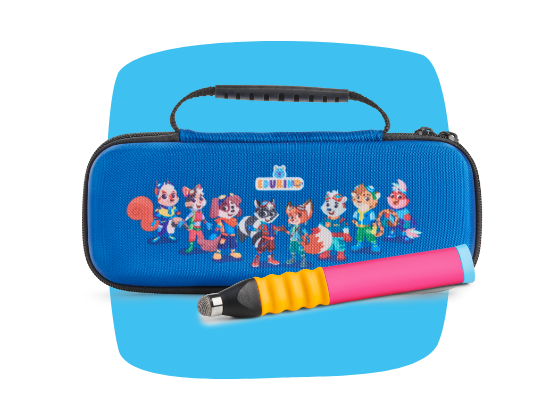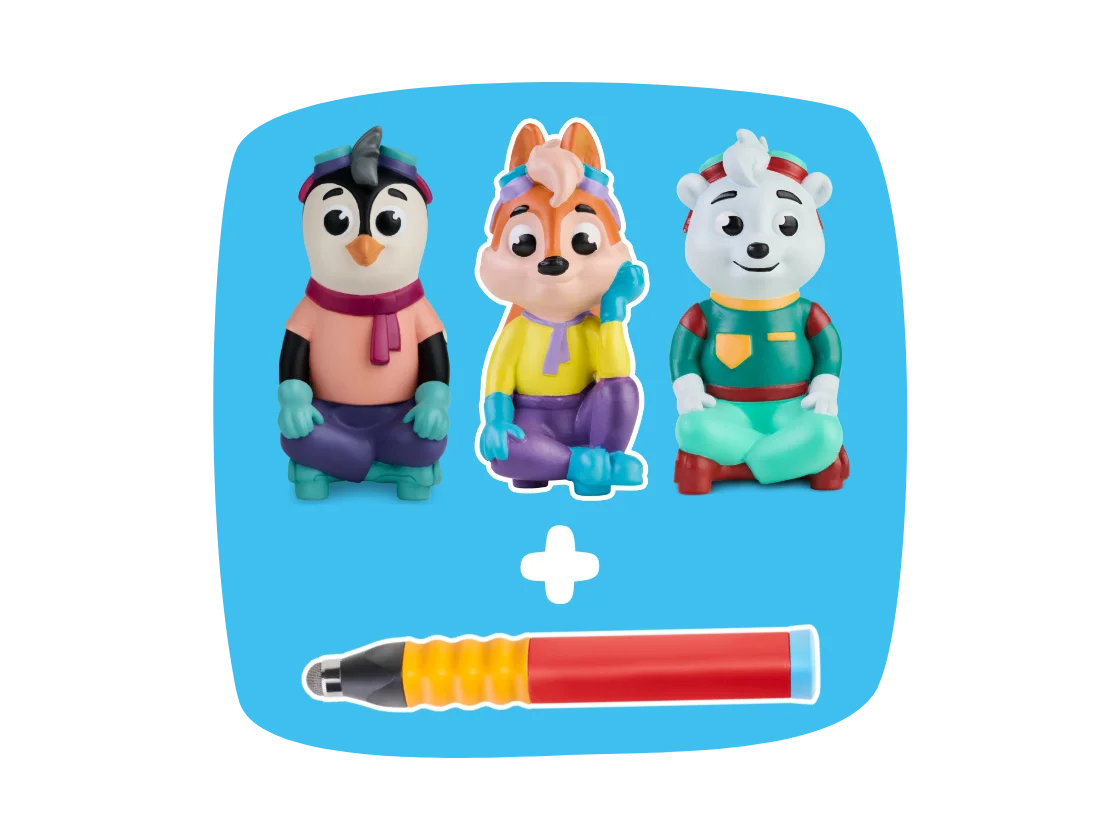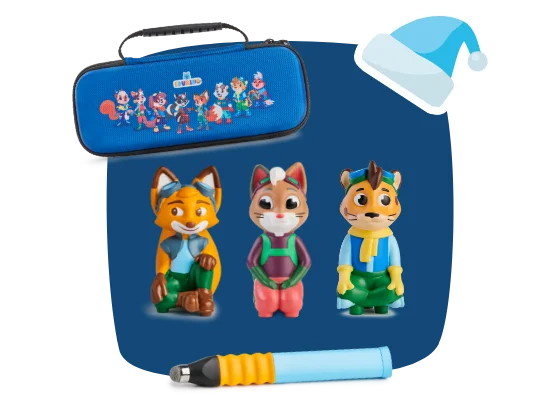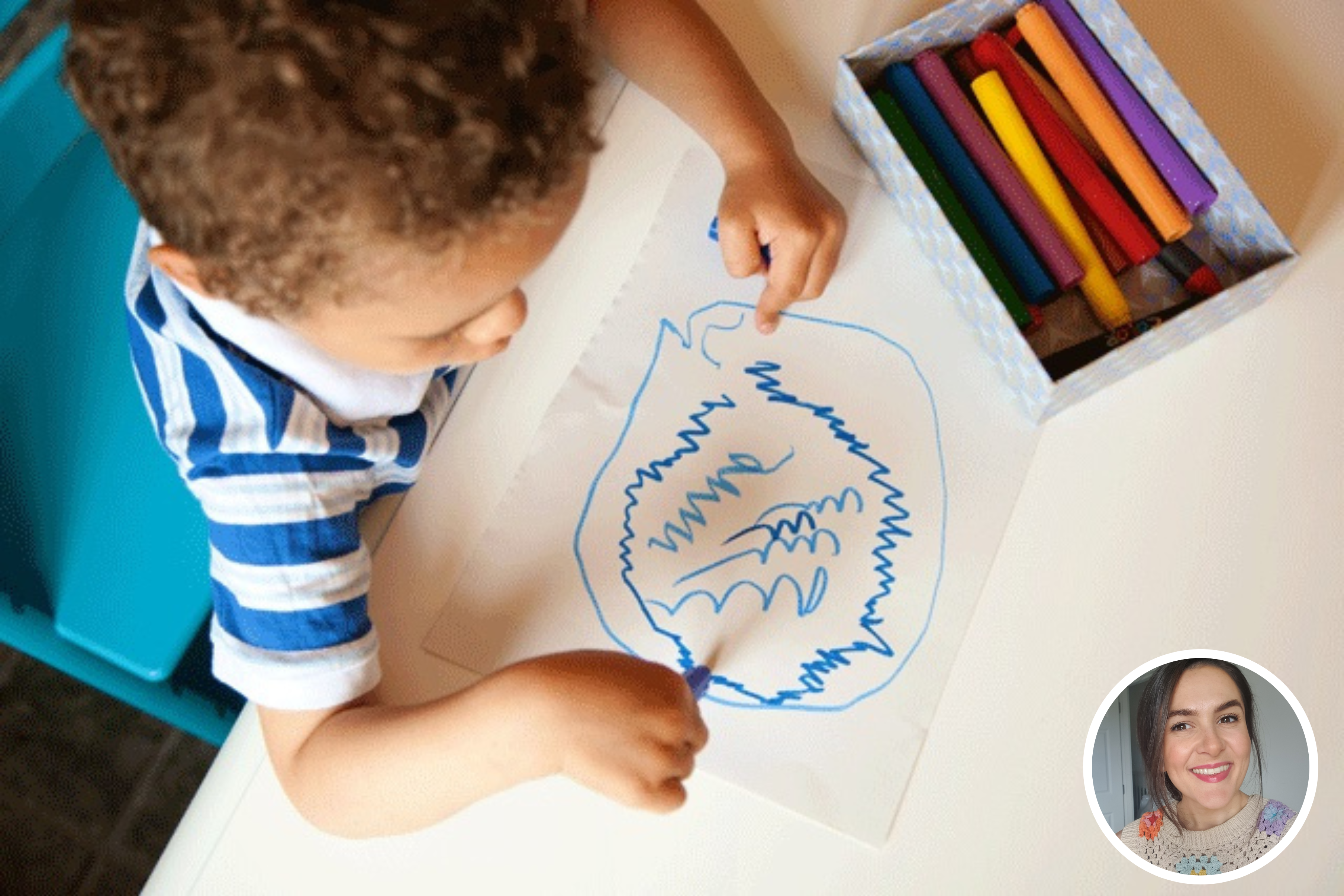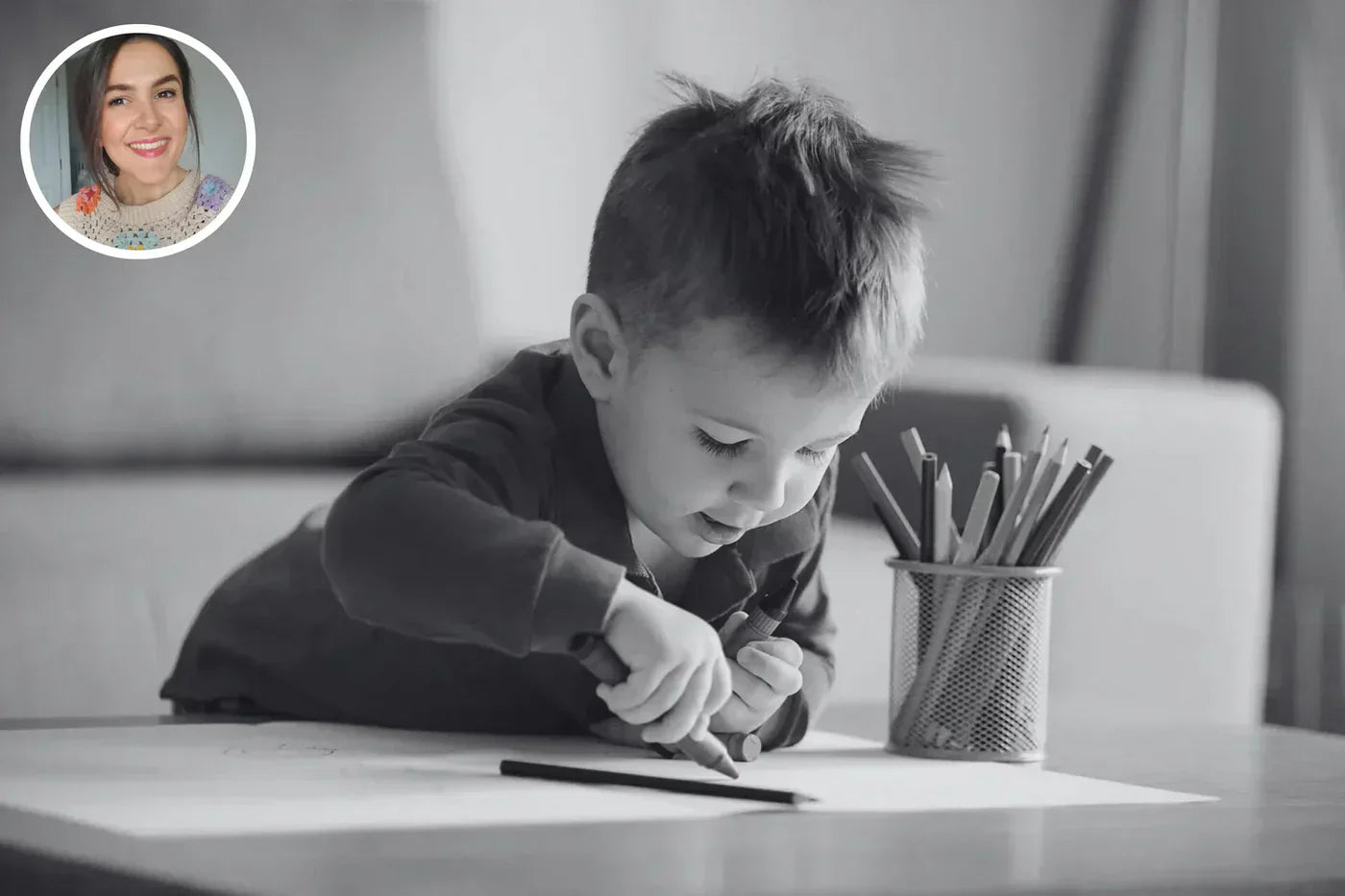Big Emotions, Small Humans: What to Do When Your 4-Year-Old Loses It
Let’s be honest. No one feels like an emotionally evolved adult when their four-year-old is face-down screaming in a puddle because their toast was cut into triangles instead of squares. If you've ever hurriedly bribed your child with a Veggie Sticks while they’ve kicked off in Tesco, congratulations: you're a parent.
Let’s be real. Kids have big emotions. That they’re gonna share. Probably in public. And while the long-term goal is to teach them how to manage those emotions, the short-term goal is sometimes just getting everyone out the door with shoes on and dignity mostly intact.
So what can you realistically do when your child is losing their tiny mind? How do you help them grow emotionally resilient without losing your own marbles in the process?
Let’s break it down.
1. See them before you fix them
In her phenomenal TED talk, psychologist Susan David shares the Zulu greeting sawubona, which means: I see you, and by seeing you, I bring you into being. She explains, “There’s a beautiful and powerful intention behind the word.” Watch the full talk here.
That moment your child is mid-meltdown? Start there. You don’t need to fix it. You just need to see it. Acknowledge it. Say, "You're really upset right now. That makes sense."
Will that stop the screaming? Probably not immediately. But it sends a critical message: Your feelings are safe with me.
2. Ditch positivity
“Normal, natural emotions are now seen as good or bad," says David. "And being positive has become a new form of moral correctness.”
Look, no one is expecting you to be Mary Poppins on three hours of sleep. But there is power in letting your child know that feeling angry, sad, or frustrated isn’t wrong.
Saying, "You're fine!" or "Don't be sad!" might feel like you're reassuring them. But you're actually shutting down their emotional learning. Instead, try: "I can see you're really sad. Do you want a cuddle, or some space?"
(Tip: If you're in Tesco, go with the ice lolly and the cuddle. You’re not weak. You’re resourceful.)
3. Be the calm in the chaos (or fake it really well)
This is the one that stings. Because in that moment, you're running late, your kid just hit you with their backpack, and your cortisol levels are through the roof. But emotional regulation is caught, not taught.
In the heat of the moment (try to) use your tone, your breath, and your body to model regulation. It might sound like: "You’re having a really hard time. I’m here. Let’s breathe together." Or sometimes, it means saying nothing — crouching down to their level, softening your face, and staying steady.
Spoiler: you’re not always going to nail it. That’s OK.
4. Long game vs. short game
Susan David nails it when she says: “Tough emotions are part of our contract with life… Discomfort is the price of admission to a meaningful life.”
Right now, your child is learning: emotions are normal, and they can survive them. You are the training ground for that belief.
But also, real talk: the long game is emotional resilience. The short game is not being 40 minutes late to nursery because someone didn’t want to wear socks.
You’re allowed to play both games. You're doing fine.
5. Choose the moment (spoiler: it’s not during the meltdown)
There’s no teachable moment in aisle four with a screaming kid and a packet of rice cakes in your face. Emotional learning doesn’t happen in the meltdown. It happens after.
When everyone’s calm, that’s the time to talk: "Remember earlier when you were upset about your coat? That was hard. Let's think of something you can do next time."
Practice helps. So does connection. The more they feel seen, the safer they are to feel all the things.
In a few words
Your child’s big feelings don’t make you a bad parent. Bribing them with a biscuit in Tesco doesn’t make you a failure. And every time you pause, breathe, and say, "I see you," you’re teaching them emotional courage that will last a lifetime.
Related Reading:


